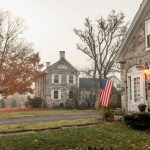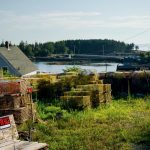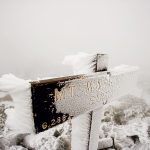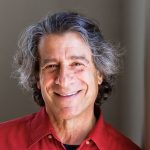Hide and Seek | Inside Yankee
As I’ve said before in this space, sometimes a theme emerges in an issue, unexpectedly, as if it’s been hiding in plain sight. Only when I read the entire issue again, on the first weekend of this new year, did I find this one: the people and places we pass by each day without really […]
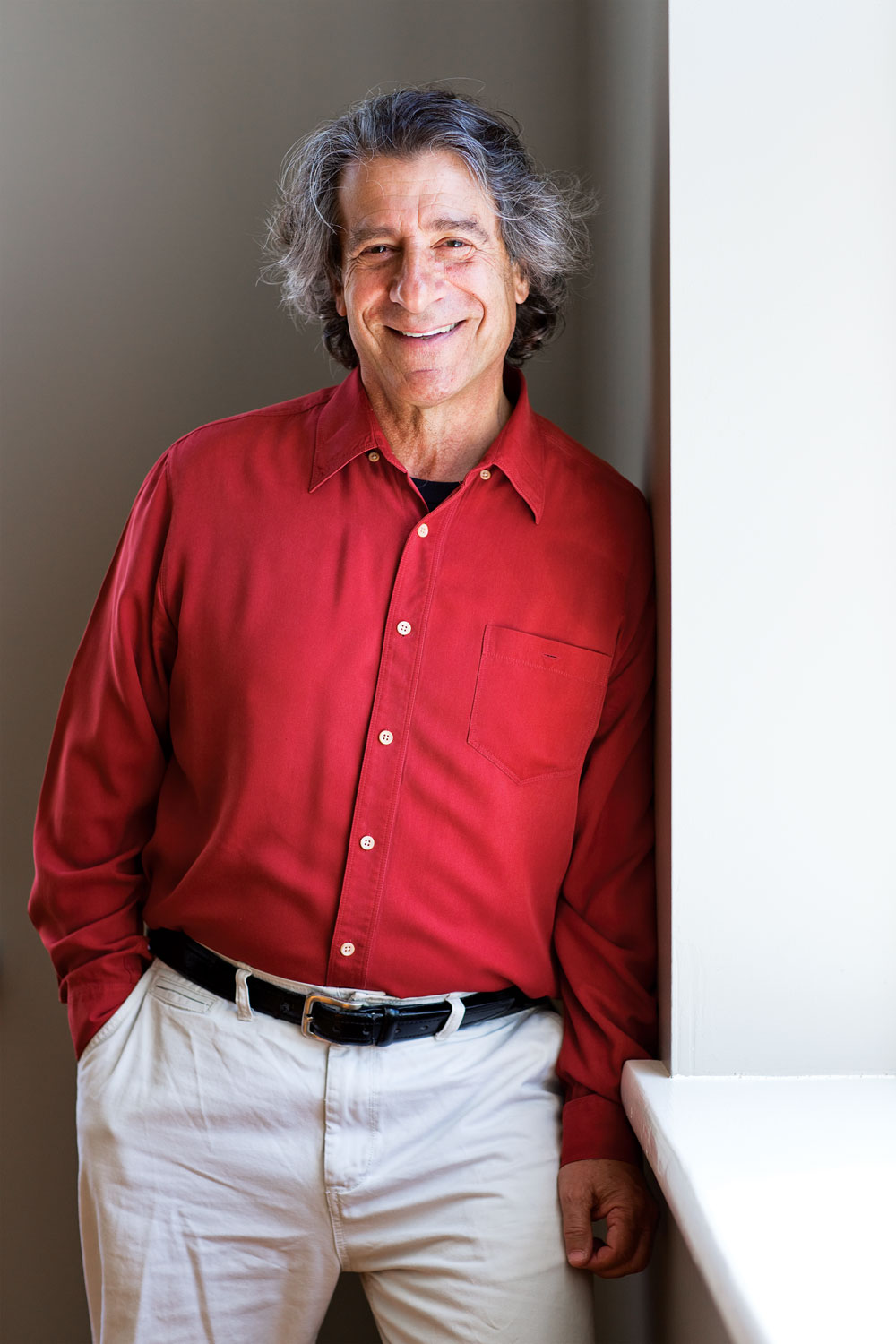
Coffee By Design | Portland, Maine
Photo Credit : Katherine KeenanAs I’ve said before in this space, sometimes a theme emerges in an issue, unexpectedly, as if it’s been hiding in plain sight. Only when I read the entire issue again, on the first weekend of this new year, did I find this one: the people and places we pass by each day without really seeing, or getting to know. The New England that remains hidden from view has a lot to teach us.
For instance, “Secrets of the Spring Foragers” (p. 20) reveals the world that opens to anyone willing to study the edible plants that spring to life as the soil warms in meadows, forests, even backyards. There’s a delicious banquet waiting to be picked and savored, if only we know where to look.
And in the same woodlands where these hidden treats await may lie a tiny rapacious insect, the emerald ash borer. This bug does its mortal damage away from human eyes, and, as “‘More Than Just a Tree’” (p. 104) recounts, the damage it may soon inflict on New England’s black-ash trees will not only affect forest ecology but also perhaps end a timeless Native American basket-weaving tradition.
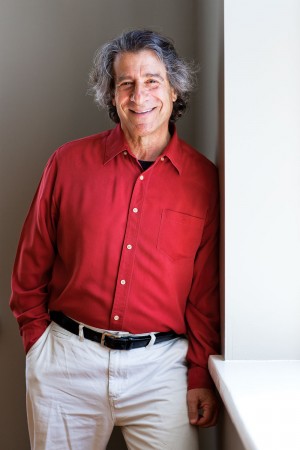
Photo Credit : Jarrod McCabe
Many people who play a vital role in the New England way of life go about their business far from the spotlight. For 80 years this magazine has told their stories, which nearly always are more compelling than those of the celebrities who fill magazine racks and airwaves. In “Pure Vermont” (p. 16), Ben Hewitt tells us about a place that couldn’t get more hidden unless it wrapped itself in camouflage. The Chainsawr is where the woodsmen of northern Vermont bring their wounded chainsaws to recuperate and gain new life, essential to rural existence. And without the steady nerves and skill of people like Doug Fournier (“Born to Be a Tugboat Captain,” p. 114), shipping would all but collapse, and the seas around our ports would resemble Boston’s Storrow Drive at 5:30 p.m.: everyone knowing where they want to go, but with no idea when and how they can get there. Kate Whouley’s “Vincent and His Lady” (p. 112) may make you wonder how many other quiet dramas are happening all around you, no matter where you may live.
And finally, there’s the delight that travelers know when they opt to explore a little off the beaten path, as if they’ve heard a secret told only to them. In “Hidden New England” (p. 78) you’ll discover six destinations that may never have found their way onto your bucket list, but that we’re confident, once you visit, will have you exclaiming, “Why didn’t I think to come here before?” They’re not the celebrities among destinations, and you won’t likely find them featured on the Travel Channel, but like so much in this issue, they make their mark on the world, their way, waiting to be found.
Mel Allen, Editor editor@YankeeMagazine.com



